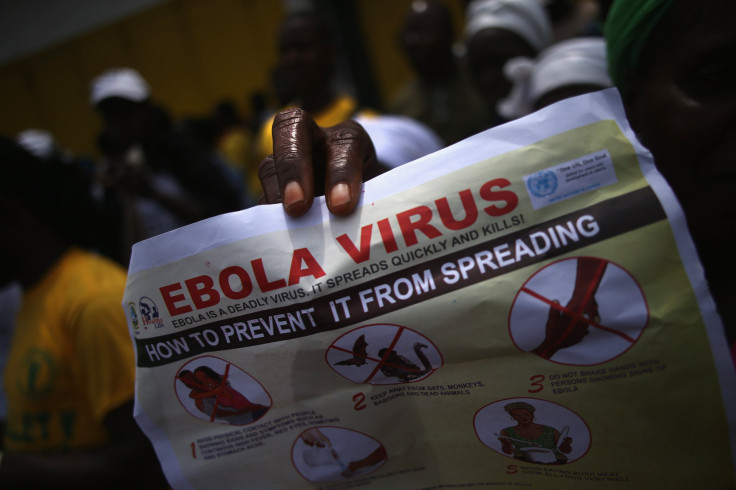Ebola And Sexual Transmission: Virus Spread By ‘Unconventional Routes’ Like Semen And Breast Milk Toward End Of Epidemic

At the beginning of the West African Ebola epidemic, around March 2014, the virus mostly spread through the sharing of bodily fluids from human-to-human, such as between broken skin or the eyes or nose. Improper burial practices, and people’s desire to hold onto dead bodies that were infected with the virus, quickly sped up the outbreak.
Now that the epidemic has largely come to an end and is no longer a WHO-designated public health emergency, however, scientists have begun piecing together the ways it spread in more “unconventional” ways. In a new study, researchers have mapped out the tail end of the West African Ebola epidemic, and through detailed genome sequencing have managed to create a bigger picture of how the last few cases were caused mainly by sexual transmission. That includes semen, or even breast milk.
It’s not news that sexual transmission played a role in the outbreak, particularly at the end. In a 2015 study, researchers found that the Ebola virus was able to remain in semen for much longer than previously believed. It was because of this that several cases kept appearing even at the end of the epidemic. Recovered Ebola patients were still able to transmit the virus sexually even though the virus had been eradicated from the rest of their body.
But the latest study is the first to examine in detail how exactly this happened, in the hopes of learning better ways to prevent future outbreaks. In the study, the researchers tried to piece together an image of viral variants that were present during the epidemic in Sierra Leone. They examined 554 Ebola genome sequences taken from blood, buccal swab, semen, and breast milk samples, all of which were gathered between December 2014 and September 2015. In order to create a more detailed picture of how the virus spread during this time, the researchers used real-time sequencing of Ebola virus genomes.
The researchers found more evidence to support the notion that the Ebola virus remains in certain bodily fluids — like semen and breast milk — long after a patient has recovered. Being able to use genome sequencing to predict that would help health workers tackle future viral outbreaks.
“To be able to rapidly identify the source of new cases we need to sequence samples and release data in real-time, share samples and share data as it’s produced,” said Ian Goodfellow of the University of Cambridge, an author of the study, in a press release. Dr. Jeremy Farrar, Director of the Wellcome Trust, added: “The success of this innovative project shows how important it is to carry out genome sequencing within the affected countries, and for the data to be shared in a rapid and open way as part of the epidemic response.”
The CDC provides guidelines for mothers who have been infected by Ebola or who have somehow been exposed to it and potentially in danger of infection, firstly noting that if there are safe alternatives to breastfeeding, they should use those options instead. In fact, a mother with Ebola or “under investigation” for the disease shouldn’t have close contact with the infant at all, and to be safe, shouldn’t breastfeed the child even months after recovery.
“Although Ebola virus has been detected in breast milk, it is not known whether the virus can be transmitted from a mother to her infant through breastfeeding,” the CDC states. “However, given what is known about the transmission of Ebola virus, regardless of breastfeeding status, an infant whose mother has Ebola is already at high risk of getting infected from close contact with the mother, and is at high risk of death overall.”
There is still not enough research to provide confirmation on when it’s safe for a recovered or infected mother to breastfeed again — or for a patient to resume sexual relations, either. Research has shown that the virus can be found in semen up to 82 days after the symptoms first appeared. The WHO recommends that patients should be tested for Ebola in semen every month after their illness, until their semen tests negative for the virus twice. Even then, the individual should practice safe sex with a condom for at least a year afterwards.
“Close contact with an infected individual is still by far the most common way for Ebola to spread, but this study supports previous research suggesting that the virus can persist in bodily fluids for a long time after recovery,” Farrar said in the press release. “These unusual modes of transmission may have contributed to isolated flare-ups of infections towards the end of the epidemic.”
Source: Arias A, Watson S, Asogun D, Tobin E, Lu J, Phan M. Rapid outbreak sequencing of Ebola virus in Sierra Leone identifies transmission chains linked to sporadic cases. Virus Evolution, 2016.



























